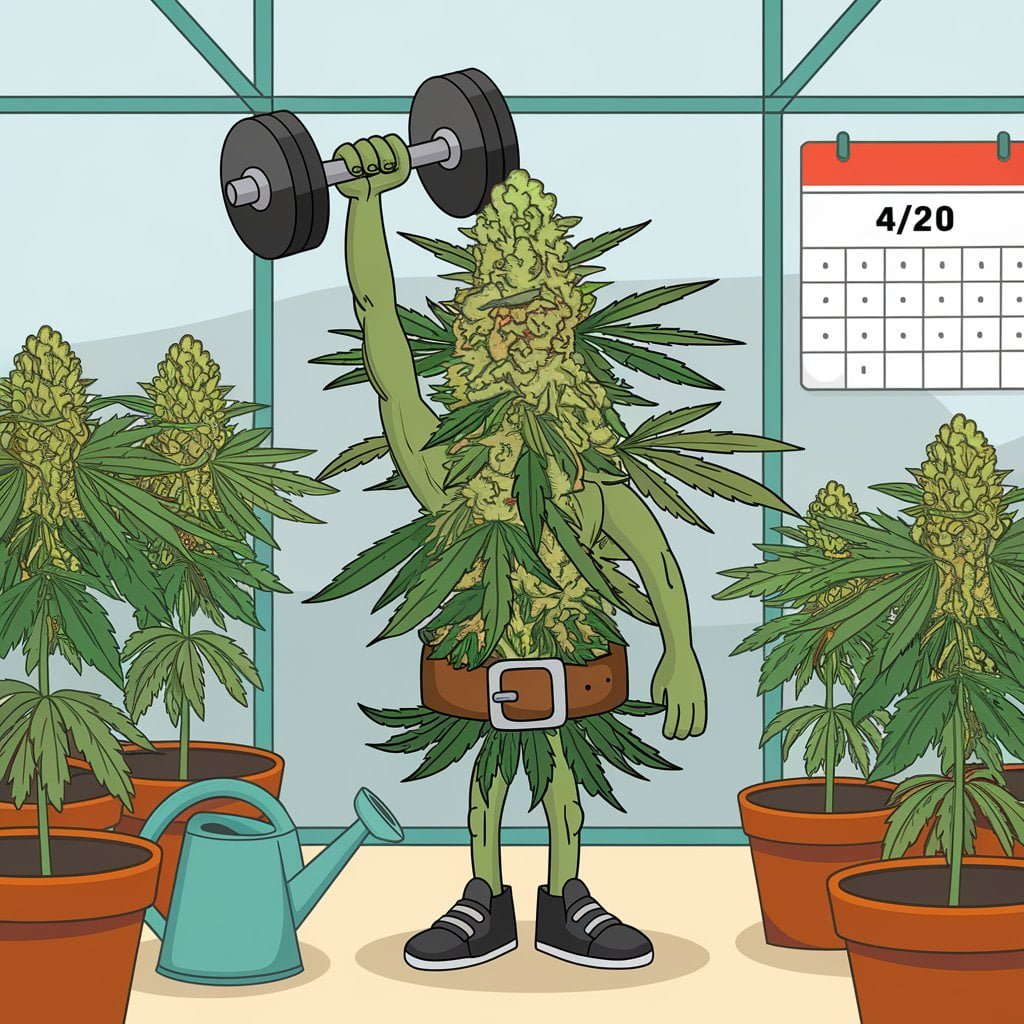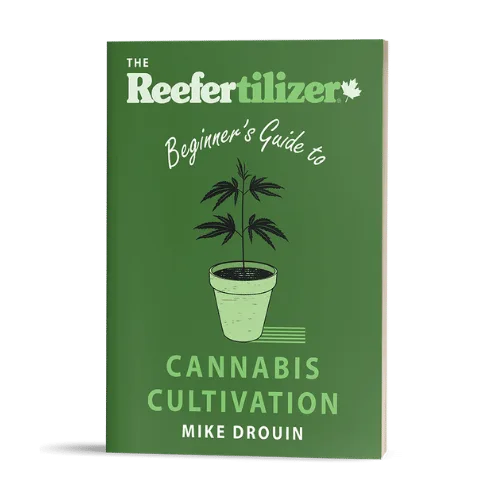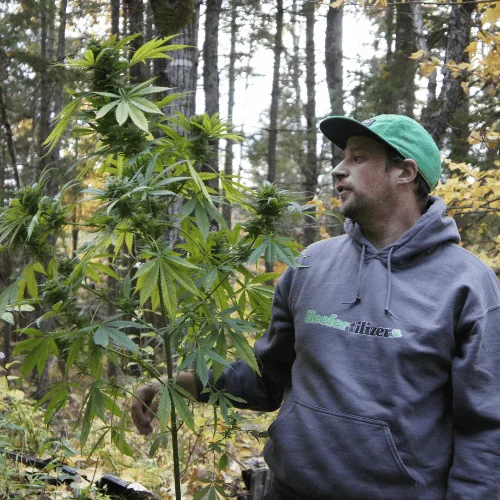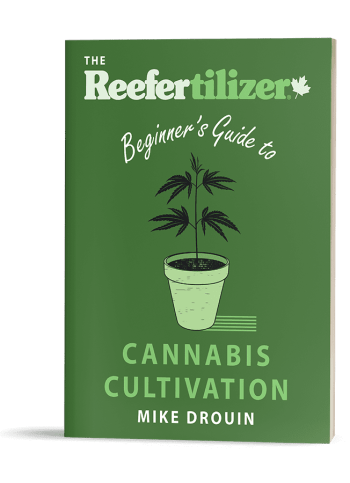Introduction to Bud Density
Developing dense cannabis buds is a key goal for many growers, aiming to maximize the visual appeal and potency of their harvest. Bud density refers to how tight and compact the flowers of your cannabis plants are. Dense buds are often associated with higher quality because they contain more cannabinoids and terpenes, enhancing the flavor, aroma, and effects of the cannabis.


Genetic Factors Influencing Bud Density
Certain cannabis strains are naturally predisposed to grow compact, resinous buds due to their genetic background. These genetics dictate not only potential size and shape but also how plants respond to nutrients, light, and other environmental factors.
Selecting the right strain can significantly impact the density of your buds. Indica strains, for example, are generally known for their dense floral clusters. On the other hand, some sativa strains might develop lighter and fluffier buds.
For growers aiming to maximize bud density, it’s advisable to start with a genetically apt strain. Wedding Cake and GG4 are two possibilities. You can explore other seeds and seedbanks on How to Find Cannabis Seeds.
How To Encourage Denser Buds
Creating the perfect environmental conditions is key to growing denser, more resinous cannabis buds. Factors such as light, temperature, humidity, and air circulation need to be in perfect balance to grow the densest of buds.
Cannabis Grow Lights
Lighting is probably the biggest factor. Cannabis plants thrive under strong and consistent light. High-intensity discharge (HID) lamps or full-spectrum LEDs are known to promote tighter bud development compared to weaker light sources. It’s crucial to provide adequate light during the flowering phase to maximize bud density and terpene production.
Light intensity and spectrum are both important
To understand more about how the light spectrum affects growth check out: How Does The Colour Spectrum Affect Growing Cannabis Plants?
Cannabis Grow Humidity
During the flowering stage, aim to maintain a daytime temperature around 75°F with 50% humidity. Nighttime conditions should be slightly cooler to mimic natural conditions, which helps develop dense buds. Too high temperature or humidity can lead to airy, loose flowers.
Cannabis Airflow
Good airflow around and through your cannabis plants helps in reducing the risk of mold and pests, both of which can damage the cannabis flowers, leading to less dense buds. Strategic placement of oscillating fans in the grow room can aid in maintaining optimal air movement.
Giving Cannabis Extra CO2
Providing extra CO2 can further enhance bud density. Elevated CO2 levels can stimulate photosynthesis, thus feeding the flowers for denser growth when all other conditions are set optimally. TNB naturals has a simple CO2 dispersal canister on Amazon. It’s a good option for beginners.
Each of these environmental factors must be carefully managed to create the ideal conditions for your cannabis plants to flourish and produce the buds every grower aims for.
Watering Tips for Healthy Growth
Watering: Cannabis plants are very sensitive to their watering schedule. Over-watering can lead to root issues and under-watering can stress plants, both affecting bud quality. Aim for a consistent watering schedule that keeps the soil slightly moist but not waterlogged. Using pots with good drainage and monitoring the weight of the pots can help you determine when it’s time to water again.
Consistent checks on the pH of your water are also crucial as it impacts nutrient uptake. A pH level between 6.0 to 7.0 is ideal for soil grows.


Nutrients For Denser Buds
Effective nutrient management plays a crucial role in cultivating dense, potent cannabis buds. Providing your plants with the right balance of nutrients at appropriate times can significantly enhance their growth and terpene content. Here’s what you need to know to optimize your feeding strategy.
Choosing the Right Nutrients: Cannabis plants require a mix of nitrogen (N), phosphorus (P), and potassium (K), especially during the flowering stage for dense bud development. A higher phosphorus and potassium intake, compared to nitrogen, is key during this phase. Products like the Reefertilizer Bloom provide an easy-to-use solution with the correct nutrient ratios.
Monitoring Nutrient Levels: Constantly check nutrient levels with an EC meter to avoid deficiencies or excesses, both of which can lead to light, fluffy buds. Use a reliable meter to measure the concentration of essential nutrients in your soil or hydroponic setup and keep track in a journal.
Feeding Schedule: Consistent nutrient applications can dramatically impact bud density. Feeding your plants lower amounts of nutrients more often can give your plants nutrients gradually. Instead of one big shocking meal once a week you could feed them several small meals throughout the week.
pH Management: Nutrient absorption is highly dependent on the pH level of your soil or hydroponic solution. Maintaining a slightly acidic pH helps optimize nutrient uptake. Tools and kits from our pH management range can help maintain the ideal pH levels.
Use a Living Soil
A soil rich with beneficial microbes, fungus, and bacteria can provide a balanced eco system that greatly improves plant growth. When a soil is healthy your plant’s roots can metabolize what they need easily. A living soil also helps buffer pH and lowers the need to make adjustments.
Using Growth Hormones For Cannabis
In the quest for denser cannabis buds, some growers turn to Plant Growth Regulators (PGRs). PGRs are chemical substances that influence the plant’s growth and developmental processes. They can make buds denser and more visually appealing. However, using PGRs, especially synthetic types, is a controversial practice with significant drawbacks.
What are PGRs?
PGRs act on the hormonal pathways of plants, manipulating their natural growth patterns. They can be synthetic or natural, but the synthetic forms are often used to drastically alter the way cannabis grows, effecting changes in size, density, and flowering times.
Pros of using PGRs:
- Increased Density: PGRs can make the buds denser than they naturally would be.
- Visual Appeal: The altered buds often appear larger and may attract more interest based on looks.
Cons of using PGRs:
- Reduced Quality: While synthetic PGRs can increase bud density, they generally reduce the aromatic and flavor profiles because they negatively impact terpene and cannabinoid production. This results in less tasty and less potent buds.
- Health Concerns: There are ongoing debates and studies into the safety of consuming products grown with synthetic PGRs. Some are labeled as possible carcinogens and could impact consumer health.
- Regulatory Issues: In some regions, the use of certain synthetic PGRs is banned or heavily regulated due to their potential health risks.
What To Change Immediately
Here are some common problems to avoid that can lead to light and airy buds, negatively affecting both yield and terpene production.
Inconsistent Lighting: Proper lighting is essential for dense bud formation. Insufficient light can lead to underdeveloped and fluffy buds. Ensure your plants receive the ideal intensity and spectrum of light throughout their growth. For best results, consider our high-intensity grow lights.
Overwatering and Underwatering: Cannabis plants need a balanced watering schedule to thrive. Overwatering can suffocate roots and promote mold, while underwatering can stress plants and reduce bud growth. Find the right balance by checking the moisture level in the soil before watering. For guidelines on proper watering techniques, see our article on How Often Should I Water My Cannabis.
Nutrient Imbalances: Providing too many or too few nutrients can slow bud development. An excess of nitrogen, particularly late into flowering, can lead to leafy growth at the expense of bud density. To avoid these issues, use a nutrient blended specifically for cannabis in flower (Like Reefertilizer Bloom!).
Poor Air Circulation and Humidity Control: Good air circulation helps strengthen plant stems and prevents the accumulation of moisture that can lead to bud rot. Similarly, high humidity levels during the late flowering stage can reduce bud density and promote mold. Use fans and dehumidifiers to maintain optimal conditions.
By steering clear of these common cultivation errors, you set the stage for growing dense, flavorful, and aromatic cannabis buds.
Learn to Grow Better Weed
Download our free guide to growing amazing cannabis at home.
Click Here For More Info
If you want to learn even more about growing good cannabis, we offer a free 40+ page guide full of images.
Now available on Amazon.
Sign up for our newsletter and download the digital copy today!


This guide will answer many questions about growing cannabis, like the following...
Selecting Seeds
Identify and Correct Problems
Maximize Yield
Much More...
Get a Chance to INSTANTLY WIN a Reefertilizer Nutrient Kit When You Sign Up.


Mike Drouin is the co-founder of Reefertilizer. He’s an experienced craft cannabis grower and a writer of many articles regarding the process. Mike lives on Vancouver Island and enjoys cycling and camping and will sometimes combine the two.

